For decades, beachgoers and fashion enthusiasts have deliberated over the choice between minimal coverage—such as cheeky or thong bikini bottoms—and their full-coverage counterparts. This enduring debate encompasses considerations of comfort, aesthetics, and personal confidence.
In recent years, thong bikini bottoms have surged in popularity, becoming a prominent trend in swimwear fashion. This rise is attributed to several appealing factors:
• Comfort: Despite initial perceptions, many find thong bikinis offer a comfortable fit, reducing fabric bunching and providing ease of movement.
• Style: The sleek design of thong bikinis accentuates natural body lines, offering a modern and stylish look that many find empowering.
• Minimal Tan Lines: With less fabric coverage, thong bikinis allow for more even tanning, minimizing unwanted tan lines.
• Confidence Boost: Wearing a thong bikini can enhance body confidence, encouraging wearers to embrace and celebrate their physiques.
The Thong Advantage: Enhancing Your Butt’s Appearance
 Shaping and Curves
Shaping and Curves
Thong bikini bottoms offer a unique advantage by naturally framing and accentuating the buttocks, creating a visually appealing shape. Unlike fuller coverage styles, thongs strategically highlight the contours of the butt, showcasing its natural curves rather than hiding them. The narrow design emphasizes symmetry and draws attention to the roundness, enhancing the overall aesthetic.
One notable feature is how thong bikini bottoms curve inward on both sides. This inward curvature visually lifts the buttocks, creating the illusion of added height and a more sculpted appearance. By following the body's natural lines, these swimsuits help accentuate muscle tone and shape, offering an appealing and flattering silhouette regardless of body type.
Confidence Boost
Beyond their aesthetic appeal, thong bikini bottoms offer a significant psychological benefit: an empowering confidence boost. Wearing a thong-style swimsuit often feels bold and daring, fostering a sense of liberation and body positivity. It encourages embracing one’s natural shape, reinforcing self-acceptance and pride.
Revealing a bit more skin can be an empowering experience, helping individuals break free from inhibitions and societal pressures about how a body "should" look. This bold choice often leads to enhanced self-assurance, promoting a healthier relationship with one's body image and fostering greater overall confidence at the beach or poolside.
III. Tan Lines: Minimal Yet Beautiful
Minimal Coverage, Minimal Lines
Thong bikinis are celebrated for their minimal coverage, which naturally results in fewer and more subtle tan lines. With significantly less fabric, these bikinis allow the sun to touch more of the skin, reducing stark contrasts between sun-kissed areas and those shielded from the sun. This means individuals can achieve a smoother, more uniform tan, minimizing the hassle of multiple tan lines from larger swimwear.
The Upside-Down Triangle
One of the most distinctive and playful aspects of thong bikinis is the unique upside-down triangle tan line. Unlike traditional swimwear, which can leave broad, often irregular tan lines, the thong bikini creates a clean, sharply defined shape. This inverted triangle is both minimal and aesthetically intriguing, catching attention due to its neat geometry and precise outline.
Many find the upside-down triangle tan line appealing precisely because it deviates from conventional patterns. The distinctive shape highlights natural body curves, lending a playful yet sophisticated edge to one's appearance. This aesthetically pleasing design not only accentuates the natural beauty of the body but also provides a subtle expression of confidence and individuality.
IV. Eco-Friendly Factor: Less Fabric, Lower Carbon Footprint
Environmental Perspective
Thong bikinis inherently use less fabric compared to traditional swimwear, which contributes positively to the environment by reducing CO2 emissions. The production of smaller garments consumes fewer raw materials, leading to reduced energy consumption during manufacturing. Additionally, the smaller size requires less packaging, decreasing the volume of waste generated and the resources needed for packaging materials.
The reduced weight and smaller packaging of thong bikinis also significantly decrease transportation-related carbon emissions. Lighter shipments require less fuel, resulting in a lower overall carbon footprint when transporting these items from manufacturing facilities to retail stores or directly to consumers.
Conscious Consumer Choice
Opting for thong bikinis can thus be viewed as an eco-savvy fashion choice. Consumers who are environmentally conscious recognize that every small decision counts, including the choice of swimwear. By selecting swimwear styles that minimize fabric and packaging, individuals actively participate in promoting sustainability and reducing environmental impact.
Every eco-conscious step, no matter how small, makes a difference. Choosing thong bikinis highlights not only a personal style preference but also demonstrates a commitment to a greener, more sustainable lifestyle.
While full-coverage bikini bottoms aim to provide modesty, they often come with practical challenges. The additional fabric can bunch up during movement, leading to discomfort and the frequent need for readjustment—a common issue many wish to avoid.
In contrast, thong bikini bottoms are designed with minimal fabric at the back, which naturally sits between the buttocks. This intentional design reduces the likelihood of fabric shifting or bunching, offering a more stable and comfortable fit. As a result, wearers experience fewer “wedgies” and less need for constant adjustment, allowing for a more carefree beach or pool experience.
The practical benefits of thong bikinis extend beyond comfort. With fewer distractions from adjusting one’s swimwear, individuals can engage more freely in activities like swimming, beach volleyball, or sunbathing. This enhanced comfort and functionality make thong bikini bottoms a preferred choice for those seeking both style and ease during their seaside adventures.
Thong bikinis have become a prominent feature in coastal cities such as Miami Beach, Los Angeles, and Rio de Janeiro to name a few.
Cultural Acceptance and Influence
In Miami Beach, the relaxed approach to beach attire allows for a variety of swimwear choices, including thongs. The local regulations permit topless sunbathing, and thongs are commonly worn by both women and men, reflecting a culture that embraces diverse swimwear styles.
Los Angeles, with its numerous beaches and vibrant fashion scene, has also seen a rise in thong bikini popularity. The city’s diverse population and status as a trendsetter contribute to the acceptance and normalization of various swimwear styles, including thong bikinis.
Influence of Social Media Trends
The rise of social media platforms has significantly impacted swimwear trends globally. Influencers and celebrities frequently showcase thong bikinis, amplifying their popularity and acceptance. This online exposure encourages individuals to embrace these styles, further integrating them into mainstream beach fashion.
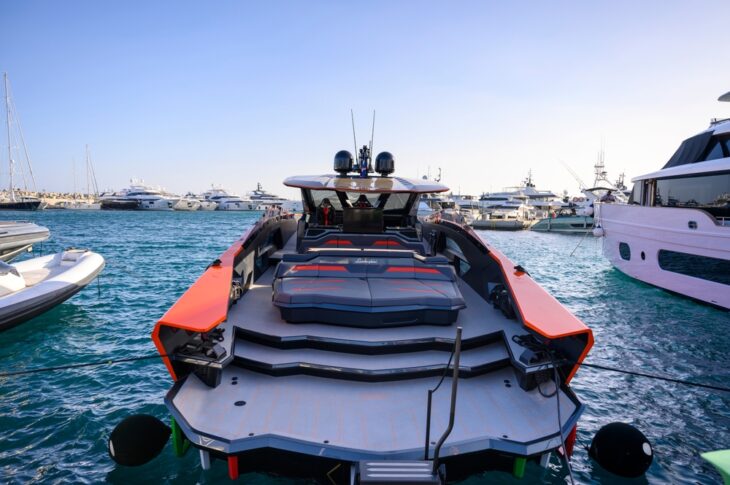


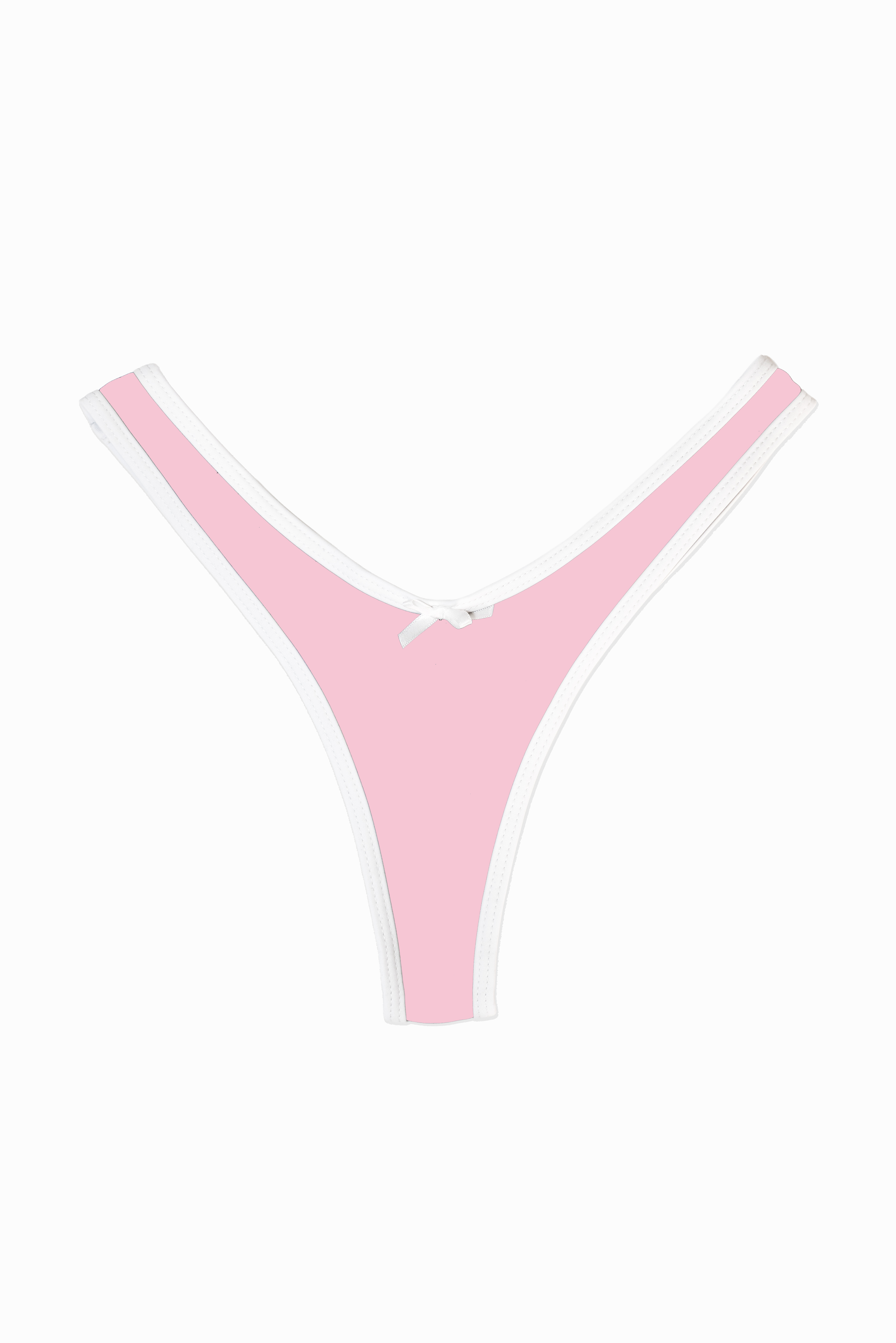
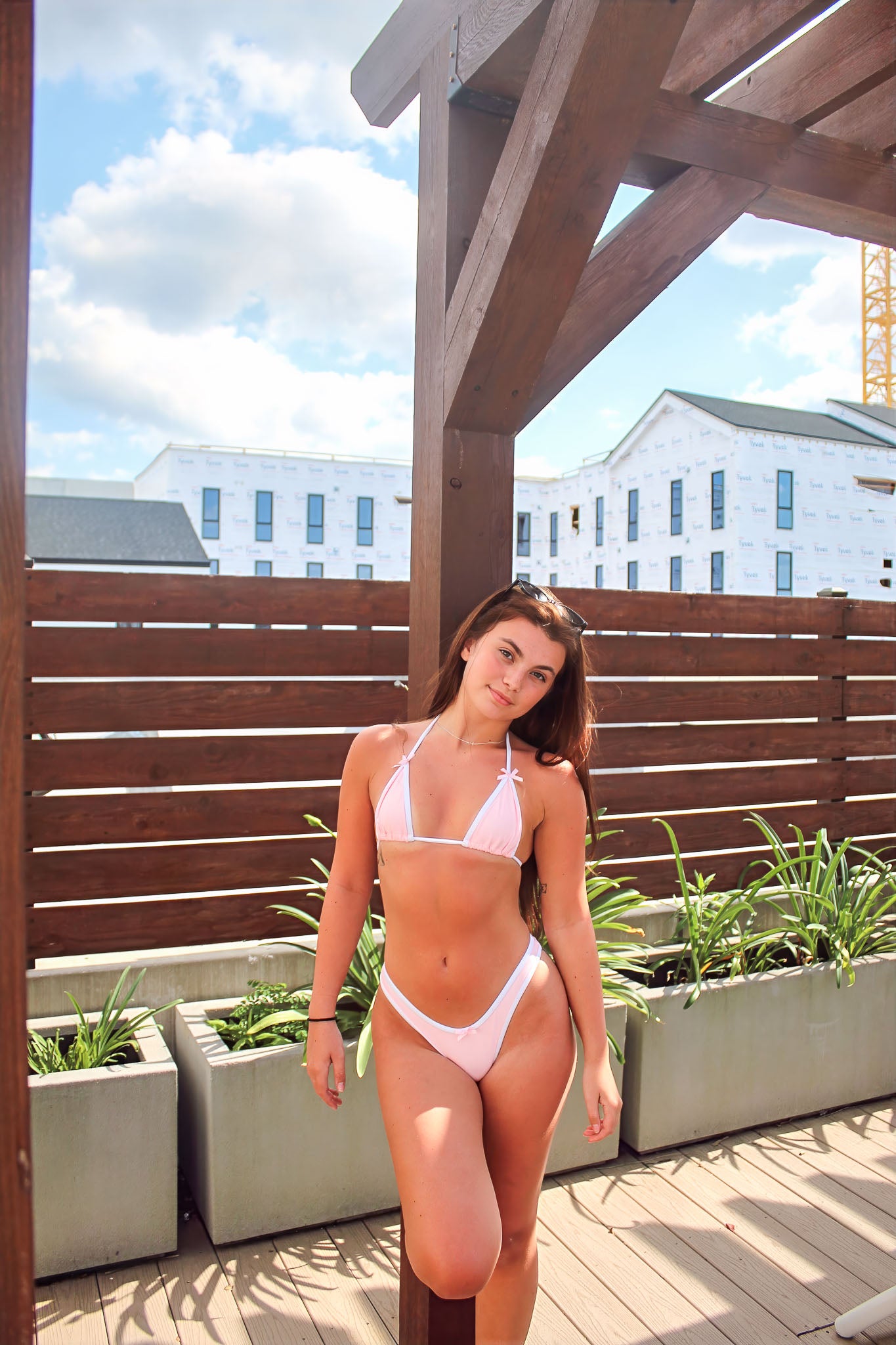
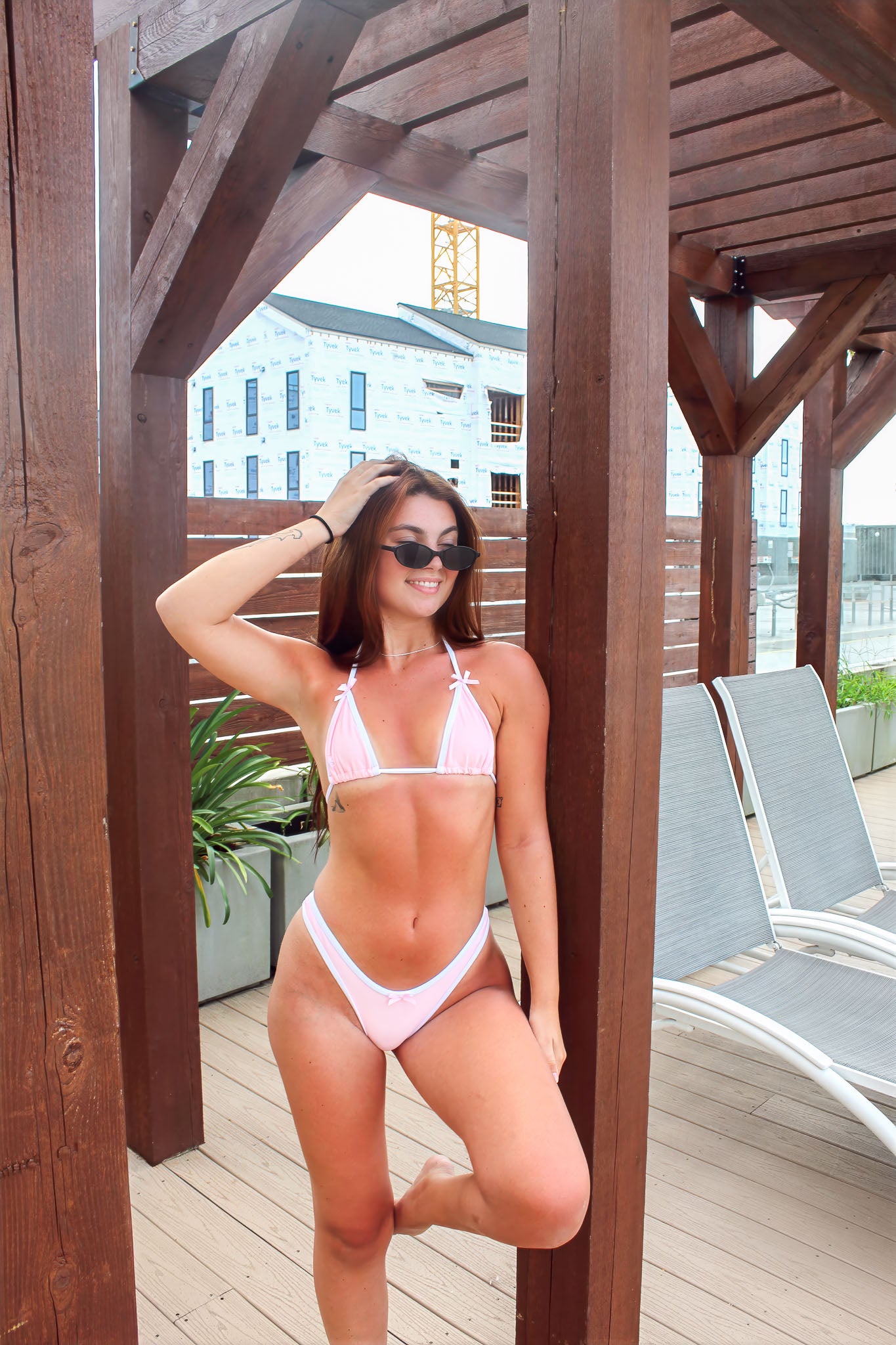
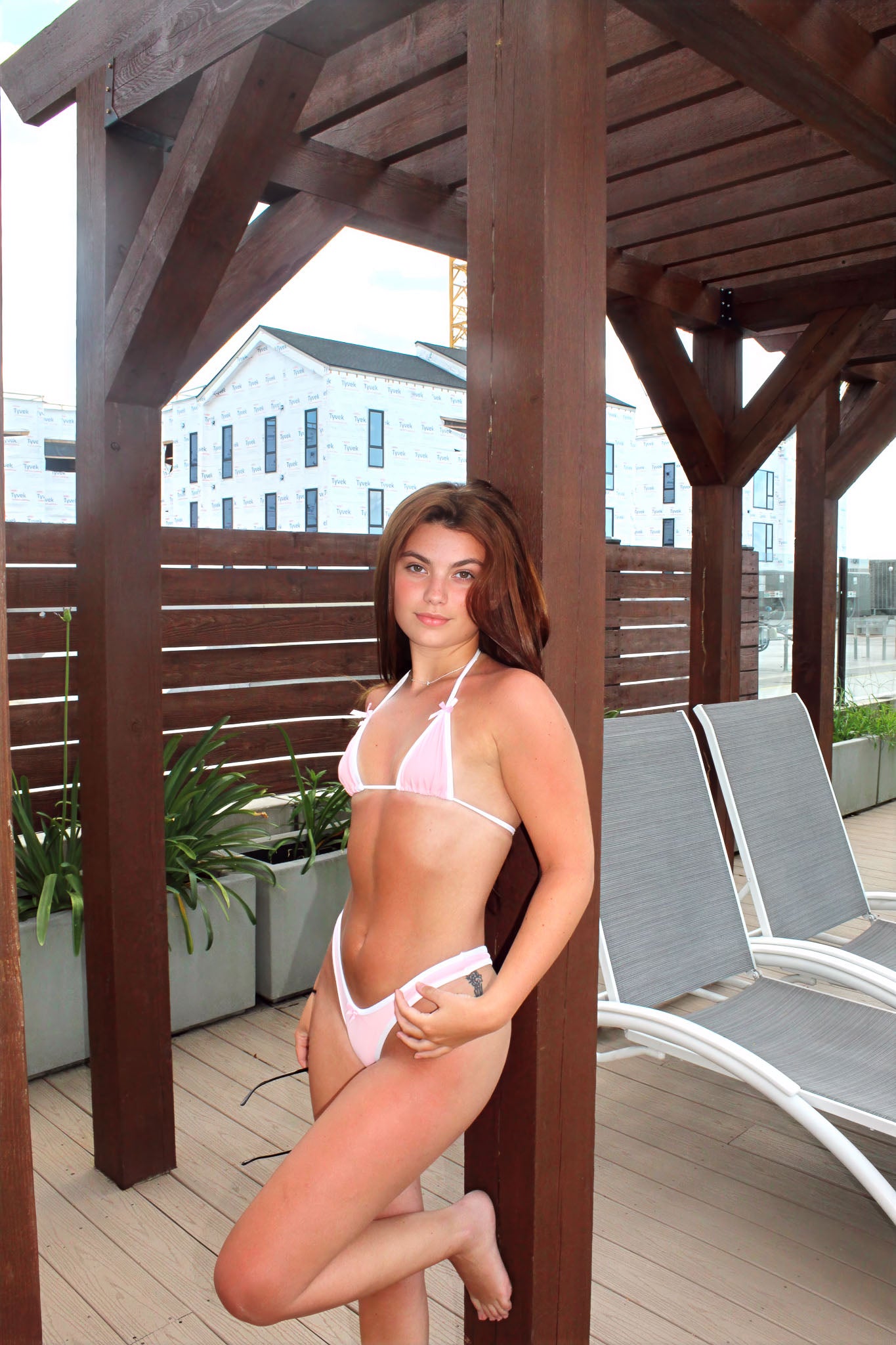





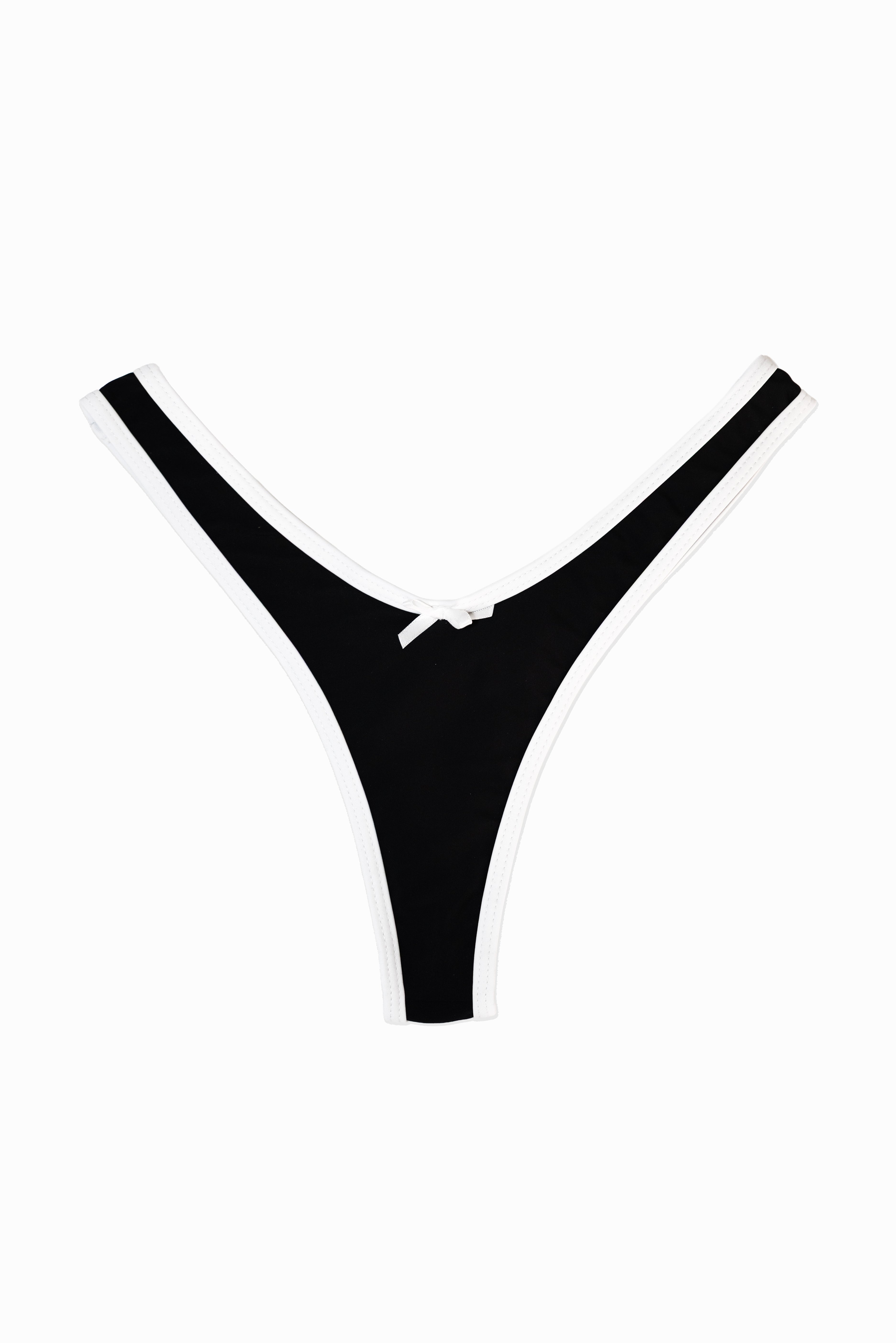
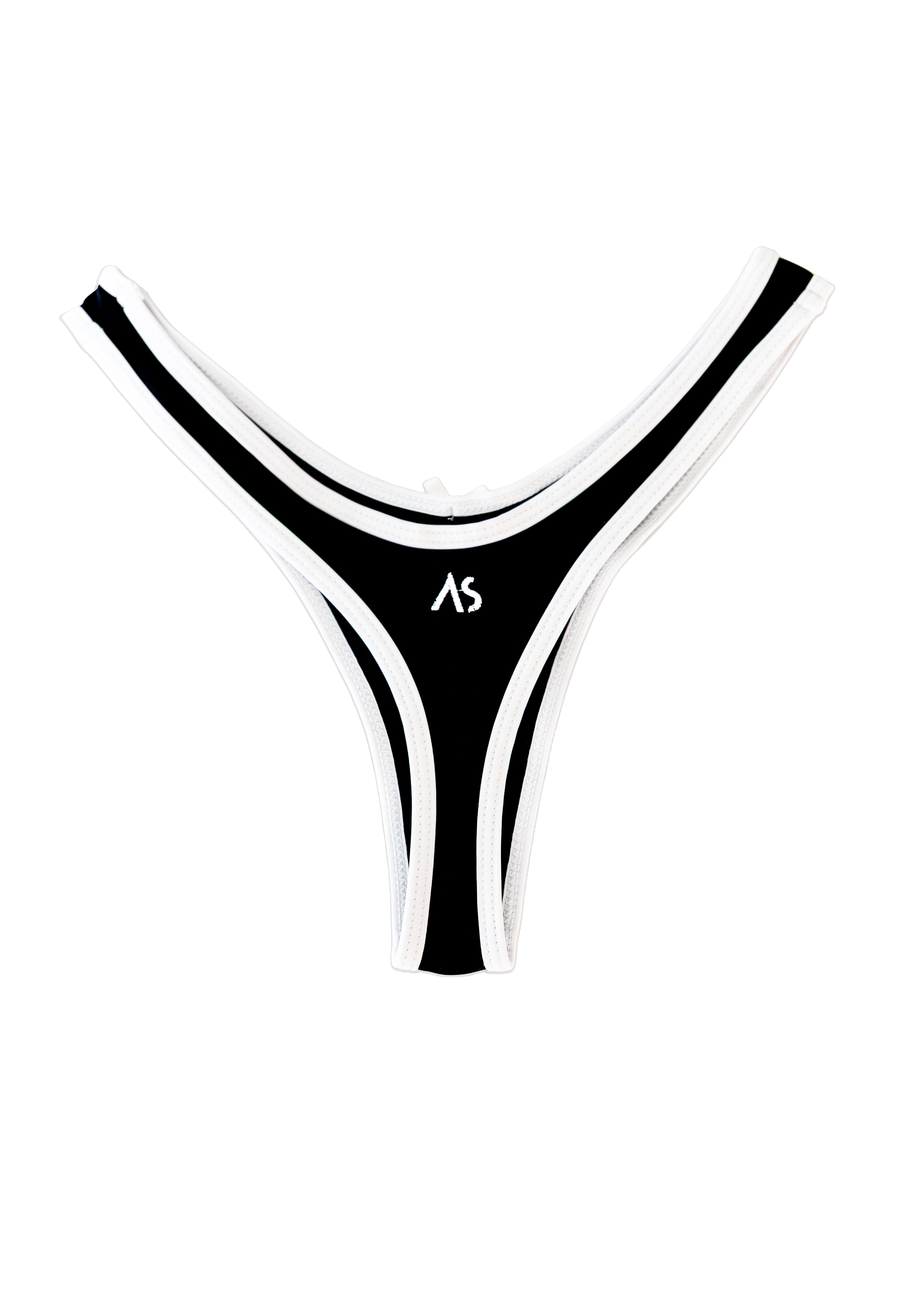


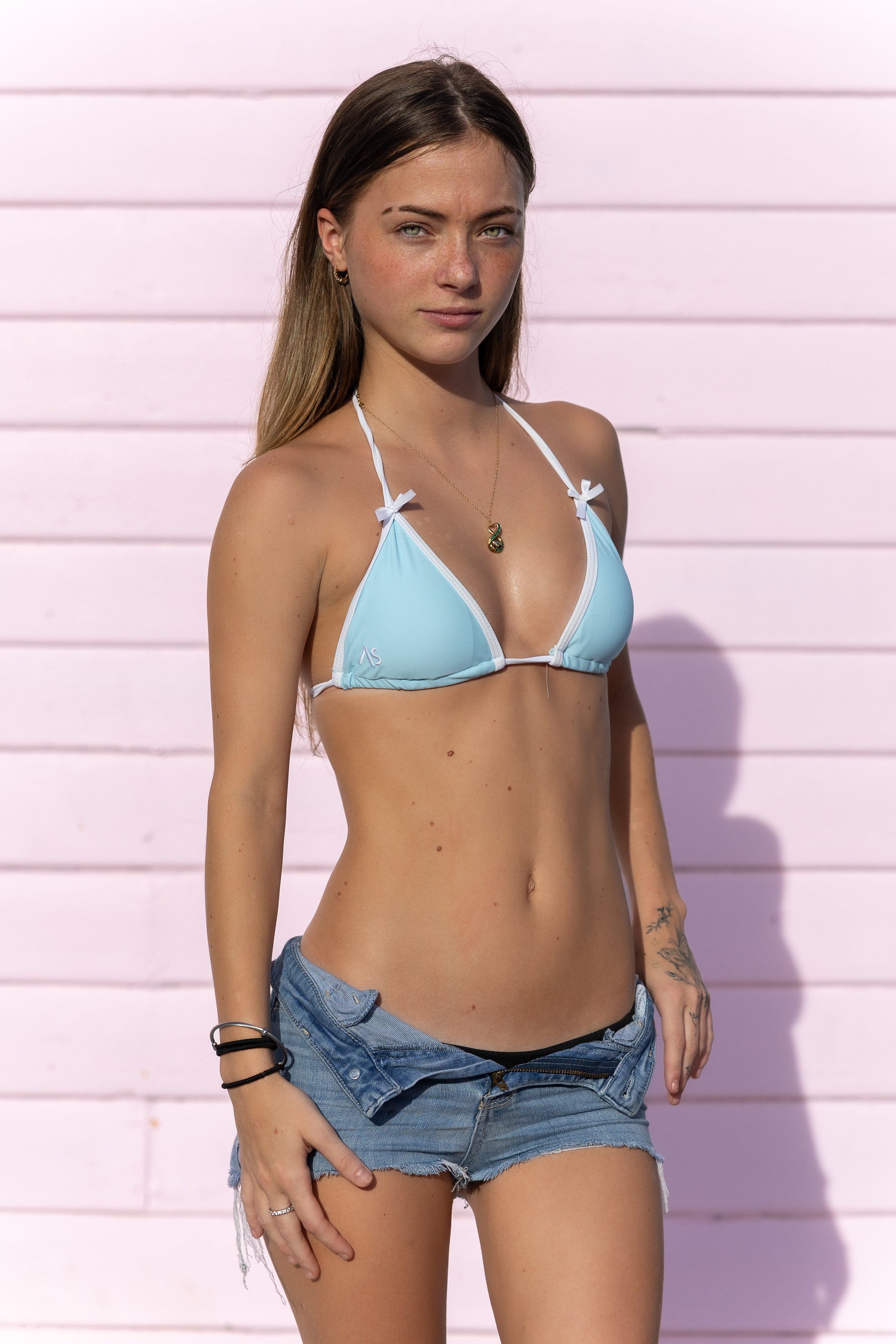
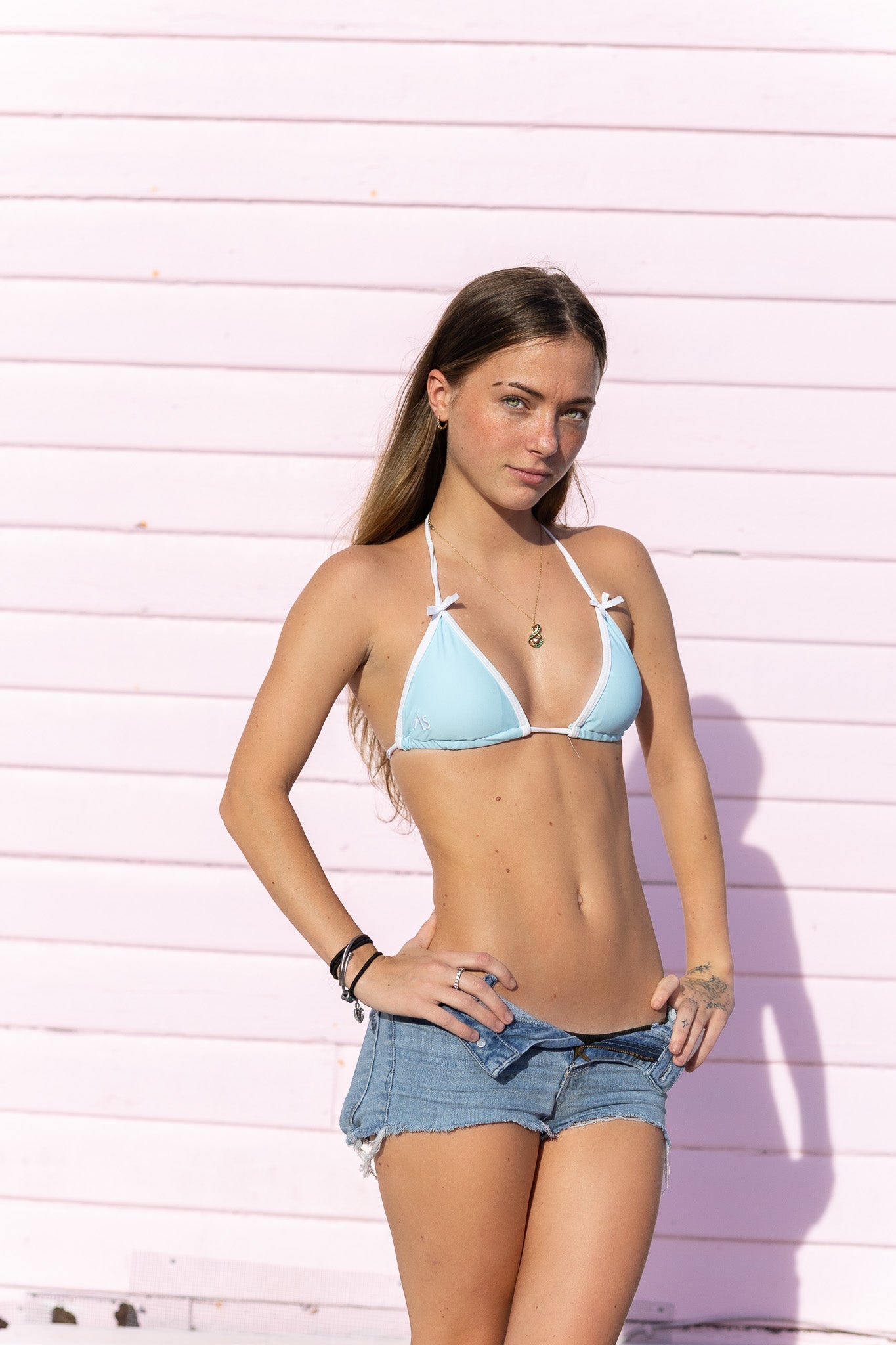
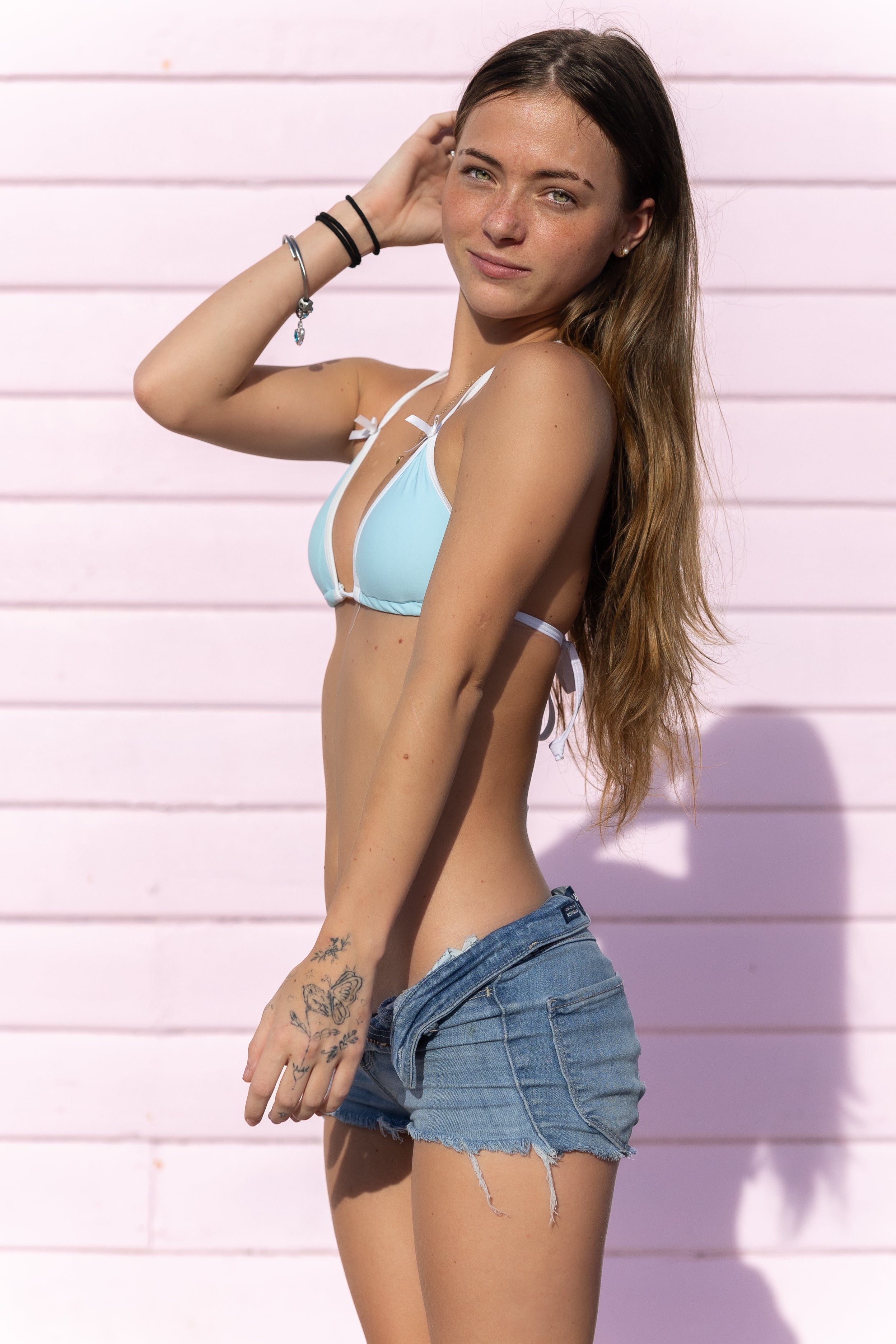




Share: